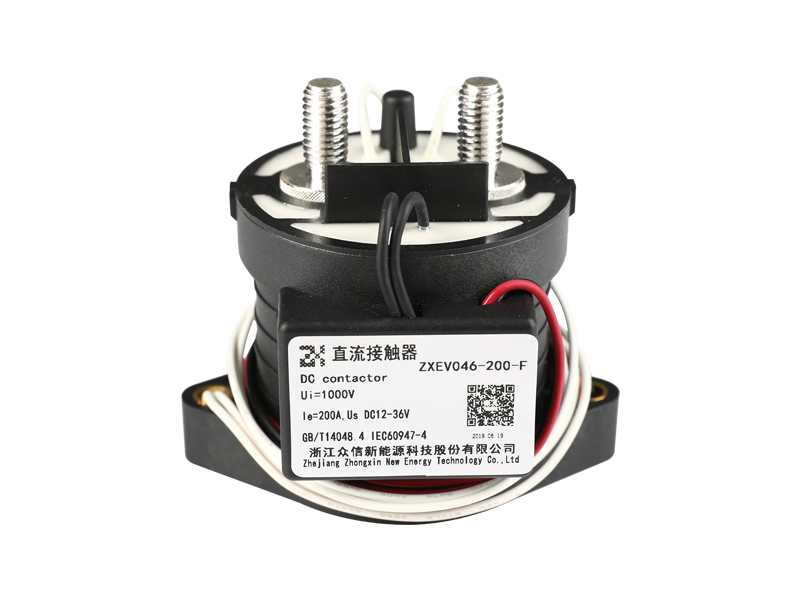The basic parts of a
High voltage direct current relay are movable reed 300 and static terminals. When a movable reed approaches the static terminals, an arc occurs. This arc short-circuits through the stop piece 200 and can burn it, thus destroying the high voltage DC relay. To prevent this, the arc isolation part 210 is covered in insulating paint.
The structure of a high voltage direct current relay is essentially similar to that of a normal electrical relay, with the exception of the movable spring part. The main differences between the two types are in their electrical characteristics, and in the way they work. In the case of a high-voltage direct-current relay, the movable spring part is not easily mounted and is incompatible with automation. This causes a number of problems, including the fact that the existing type of relays can generate arcs, which can burn the stationary contact points and cause adhesion.
The structure of a high-voltage direct-current relay includes a movable reed 300, a stop piece 200, and an elastic member 400. A fixed bracket 100 comprises a support plate and two retaining side arms. A connecting rod, or movable reed, is connected to the bottom of the support plate by a retaining rod. The end connected to the stopper piece is anchored in the receiving plate.
Another component of a high-voltage direct-current relay is the movable spring. These springs are arranged in a conical basket, with the bottom part pressing against the movable spring. The springs are inclined at a single side along their length. The inner part of a high-voltage direct-current relay is a U-shaped basket, which is formed by die-punching and bending the top part.
The driving structure of a high-voltage DC relay is made of polytetrafluoroethylene, which is very durable and has excellent insulating properties. This material can effectively isolate arc 600 for a long time. In addition, the material also improves the reverse electrical life of the pushing structure. These advantages make it a valuable investment for high-voltage systems. If you are looking for a relay to protect your high-voltage system, high-voltage DC relays are the way to go.
A high-voltage direct current relay with a magnetic-quenching arc-extinguishing device is another feature of this product. This device consists of a seat board, an outer covering, and an insulation board. It also features a binding post. These components are placed on a U-shaped basket for easy assembly. This design also facilitates automated assembly. However, it is possible to reduce the reverse electrical life of a relay by eliminating the need for a manual assembly process.
A high-voltage direct current relay has static contacts 500 that contact a moving reed 300. When the reed 300 contacts both ends of the static terminal, the external circuit is turned on. The result of this process is a current that flows through the moving reed. A high-voltage direct current relay is a powerful electrical device that makes electrical connections easier and more reliable. It is also a cost-effective alternative for many high-voltage applications.










